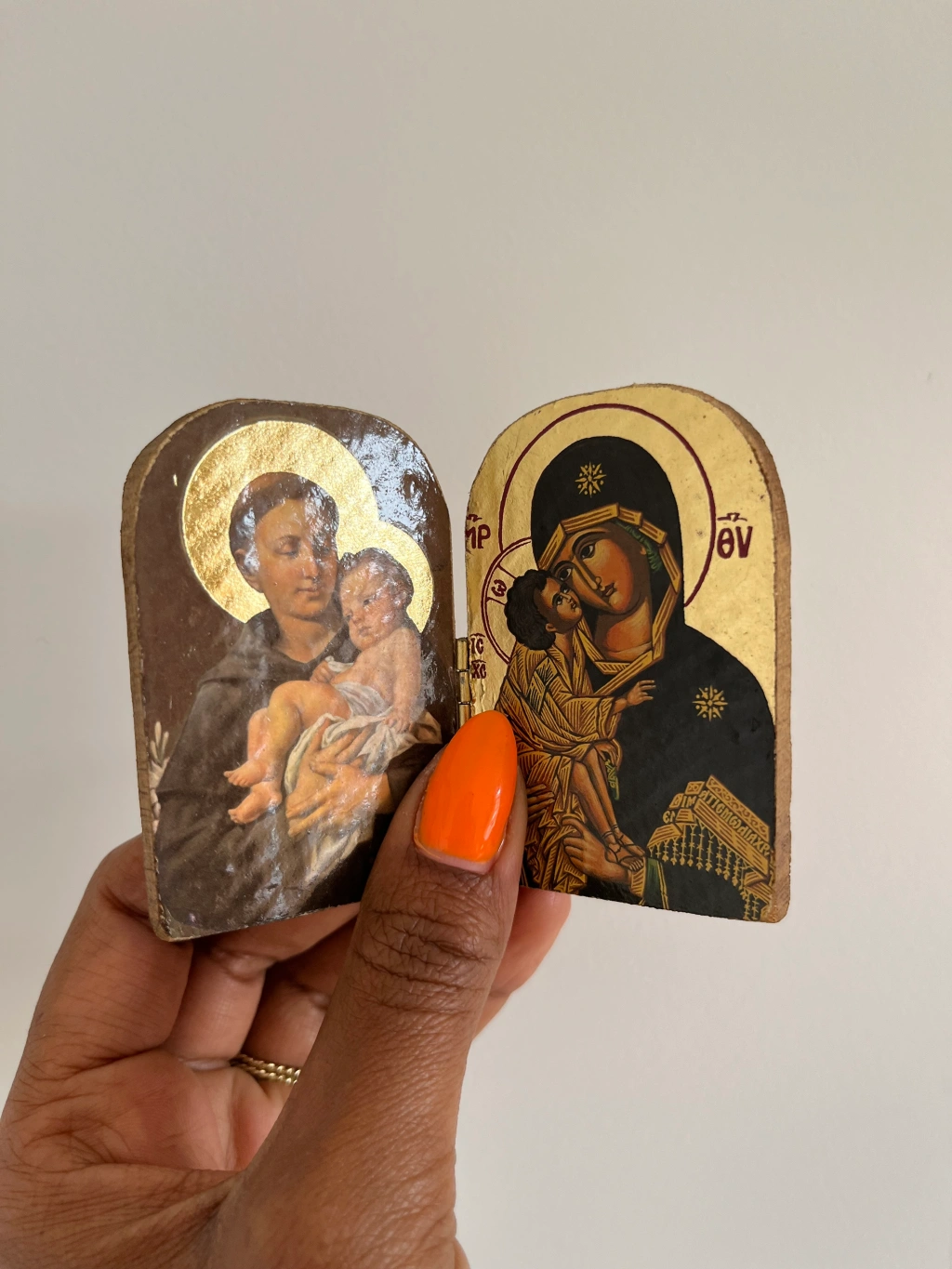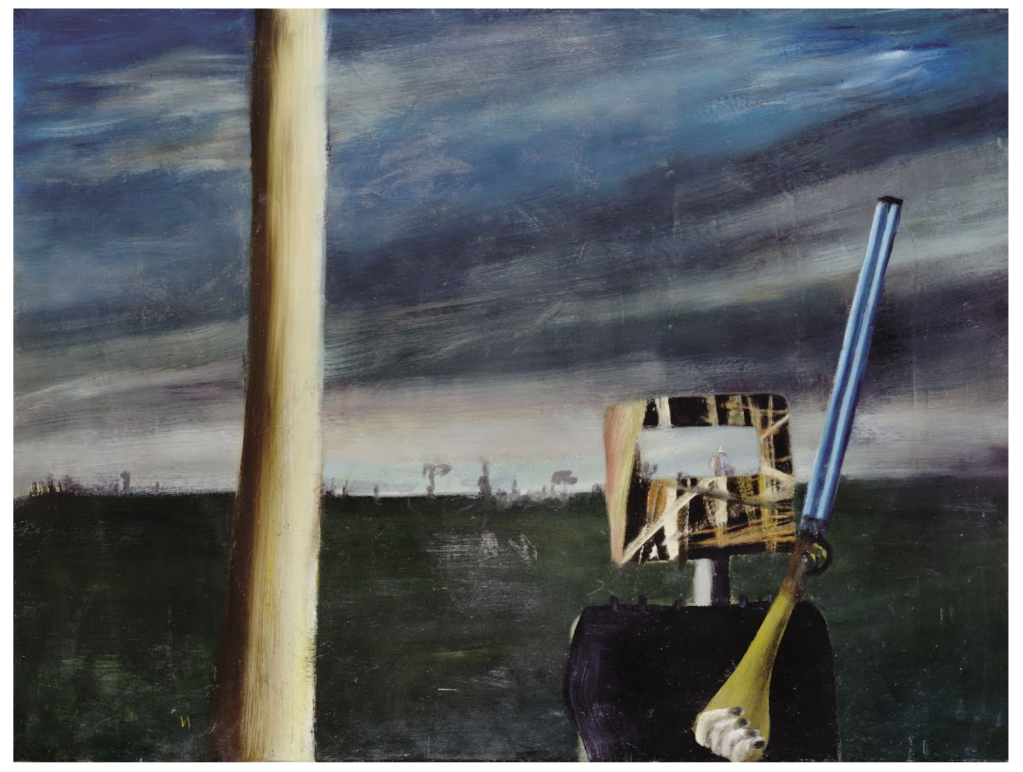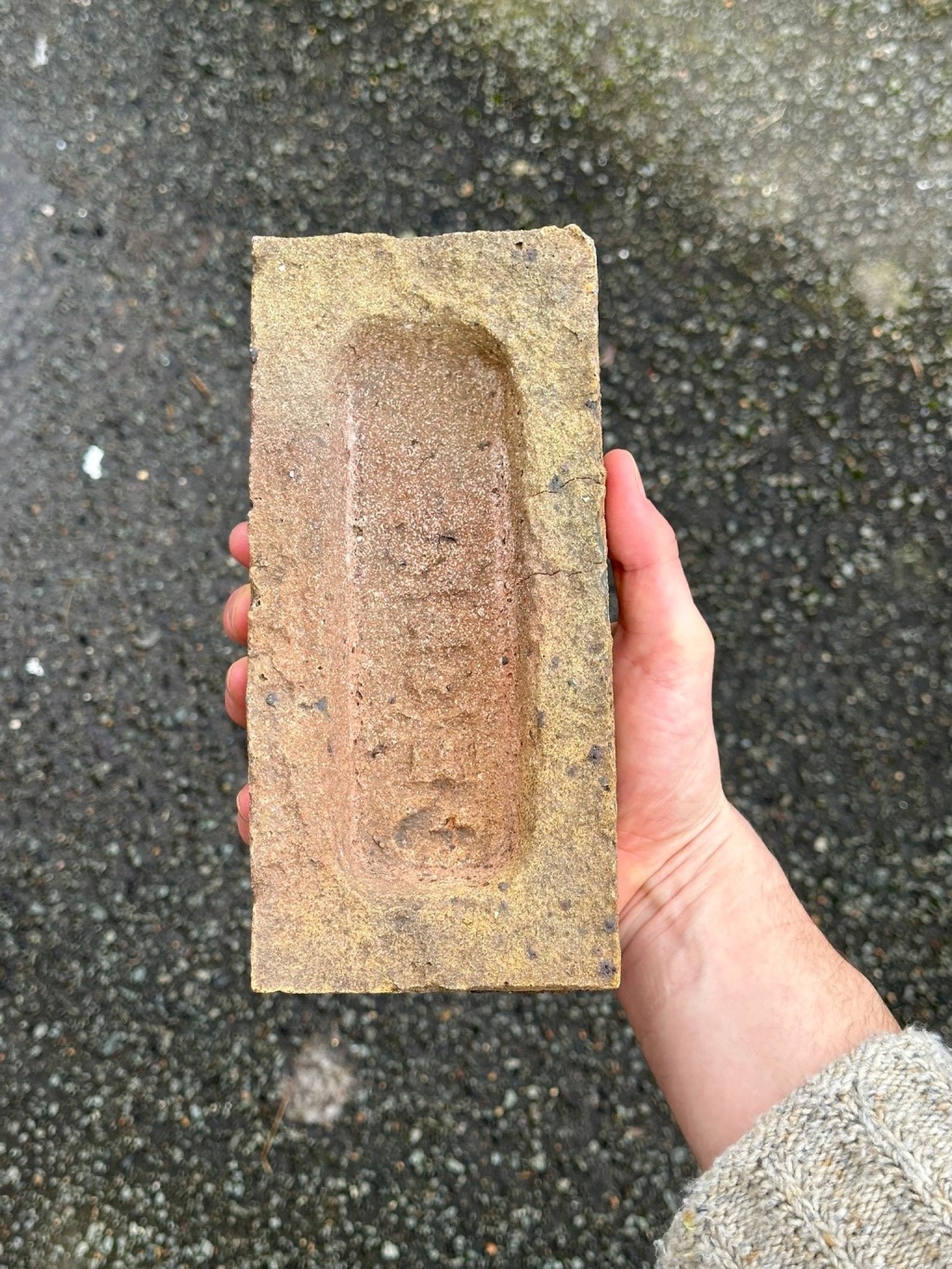
Hari Kunzru, author, on an image from Robert Longo’s Men in the Cities
GB Tell me why you chose this.
HK I find it endlessly fascinating to look at those bodies and the shapes of those bodies. The ambiguity of the way they’re dressed and the way they’re moving makes it unusually compelling. We’re looking at these two guys in business wear and we know that they’re not business guys, they’re hip downtown New Yorkers. From what I understand, Robert Longo was throwing balls at them to get them to move around, but they look like it could be a Robert Capa of people being shot on the battlefield, but also they could be people in a band because there’s something ecstatic about it, there’s something that suggests their souls are coming out of their bodies in some way. That possibility of violence and sexual ecstasy and hedonist dancing is all there at once. I especially like it in the way they’re dressed because it seems to question everybody’s conservative uniform. There are people inside those uniforms who want to… [interrupted]
GB You see violence in it, so is violence beautiful? He based this series on a man being shot and killed at the end of a Fassbinder film, The American Soldier.
HK I do see them as violent. In a funny way they seem to prefigure things that you saw on 9/11. There’s something terrifying and destructive about them. But at the same time as they could be falling they could be people ascending and having ecstatic or sexual experiences. The body is there in a really strong way but there is something to it that’s more than physical.
GB Does the ambiguity between violence and ecstasy make it beautiful to you?
HK It does. In my own life and work there’s that tension. I am quite interested in the derangement of the senses and I do derange my own on occasion. But I’m also someone who enjoys reason, argument, technique and mastery. So those impulses push in opposite directions and these photographs embody those things. They are very considered and the work that goes into the drawings is very precise. But there is also this wonderful letting go. I can look at these photographs and see all sorts of yearning. I’m attracted to the people in them as well as the long gone scene in the studios of Lower Manhattan. Everybody has their version of New York and when I went to live there this scene was long gone. We can’t see all the grumbles of their daily lives here, of paying the rent and their friend getting shown but they’re not getting shown and all the things that make a life normal and boring to them. But I see this group of young creative people who are trying something out and this gesture works so perfectly. That makes it romantic to me.
GB Would you have chosen this as your object of beauty before you moved to New York?
HK No. I didn’t really know the work before I moved to New York and I went to a Robert Longo show and found the work very soon after I’d moved there and was trying to understand what the city is now in the 2000s. I spent a great deal of time trying to draw some of these figures. I don’t draw at all and it was an exercise in trying to teach myself to draw. I have a notebook full of horribly botched versions of these. I wanted to draw figures and I chose these photos as I didn’t have life models to draw.
GB Do you find the photographs in this series more beautiful than the drawings he made?
HK In some ways, yes, because they have some context to them. I like things like the cardboard on the floor and the fact that you can see the background. They’re not final works. They’re records of people falling about on a roof and they’re records of a moment in time.
GB Do you see an 80s punk rock element in them?
HK Absolutely. There’s a song called Contort Yourself by James Chance in that very spiky post punk style. The idea of bodies disciplined by heavy electronic rhythms is a part of that zeitgeist and it was a kind of futurism with people trying to understand what it was to live in a society governed by machine rhythms rather than human rhythms. I grew up with techno music and there’s something amazing about surrendering your body to this totally relentless inhuman electronic beat. In a weird way it exerts your humanity when you’re throwing yourself against this machine.
GB You’ve chosen one of the pictures of men and Robert Longo said that he couldn’t find women who moved with the same degree of violence.
HK The men are abstracted stick-figure business men whereas I read the women in the series as being less abstracted, more early 80s, and there’s something more flowing about their clothes and some of the ways they’re moving. I find myself attracted to the women in a more straightforward way.
GB Does it make any difference to you, knowing the people are art world celebrities like Larry Gagosian?
HK I didn’t know when I first saw the pictures but it’s unsurprising that some of those people would have gone on to become grand figures because that’s what happens in the world of famous young artists.
GB When you’re writing do you try to make it beautiful.
HK I sometimes write passage s where I can feel a flight or a flow and an honesty about what I’m putting down on the page. That feels very good to me as I’m doing it. I used to have a slightly superstitious belief that unless you were taking pleasure from putting it down on the page you weren’t in turn giving pleasure to the reader. I’m not sure that’s so true but certainly I like my writing best when it has spiky and ecstatic quality like this.
GB It’s interesting that you achieve that flow and excitement even though it’s clear you’ve done so much detailed research.
HK One of the rules of using research is that it’s the scaffolding rather than the piece itself. I think if anything is on the page to show off that you know that thing then it’s a red flag. But if it’s in the service of the story you can say something nerdy or that reader might not know. If it’s in the service of the texture of the story then it doesn’t alienate the reader. That’s when it works. I had an important early experience when I was writing an historical novel that turned out to be the first novel I published. I was looking for ways that people did that kind of work and I remembered that Pat Barker had written a trilogy about the First World War. I remembered how amazingly well imagined it all was so went back and looked at it and there was nothing specific on the page at all. She was never using specific words. She’d somehow managed to induce that feeling in me without using dates or specifics around the time but you knew she’d done the research. She’d taken it away like a mold or scaffolding and left the thing inside it. That was inspiring to me.
GB You’re quite political so I want to know if you think looking for beauty should be a part of our lives?
HK I think beauty is absolutely in accordance with ideals of freedom and justice. Beauty doesn’t need to be exclusive and it doesn’t need to ignore social reality. It’s usually free when you come across it. You can be a very wealthy person and collect paintings or you can be penniless and see something on the street and say, wow. It’s much more to do with your openness to the world than it is to your position in life.
GB At the end of White Tears your main character talks about the authority of suffering. Is that a view that you personally subscribe to?
HK For that book, I thought a lot about the way young white men look at young black men and what is it they want? It’s wrapped up in fear and desire. Often the soft suburban white boy will want the kind of status that comes with being able to handle yourself on the street, whether it’s getting in a fight or being cool enough get past the doorman in a club. Black people have historically been denied access to certain places and material possessions and have often managed to make forms of beauty and culture out of how you wear a hat or how you move — things that are free or cheap to do. That’s often what the white guy who can push off down to the shop and buy something craves and can’t have. That’s what my suburban white characters in the book secretly desire. Suffering is behind that. The thing about being able to survive on the street and be cool is something that comes from social situations that the soft white boys don’t know.
GB Is there meant to be beauty in the violent ending to the book?
HK I don’t know about beautiful. At that point he’s acting as an inter-generational avenger or driven mad by his white middle-class guilt, depending on your perspective. I don’t see anything especially beautiful in it.
GB Do you think that creating a culture of cool through suffering anaesthetizes people to the cruelty of the world?
HK I think there’s a tendency to romanticize. It’s certainly no fun being poor or harassed by the police. But at the same time, there’s a fierceness that comes from living for Saturday night. If you’ve ever done a shit job and lived in a shit place and had a crap week and you know that on Saturday night you can go and be accepted, you can more alive for a few hours, that’s a huge driver for creativity and making culture and beauty.
GB What makes something worthy of the word Beauty to you?
HK I want to say risk. Some sort of element of contained risk for the viewer and for the artist that might not leave you the same.




